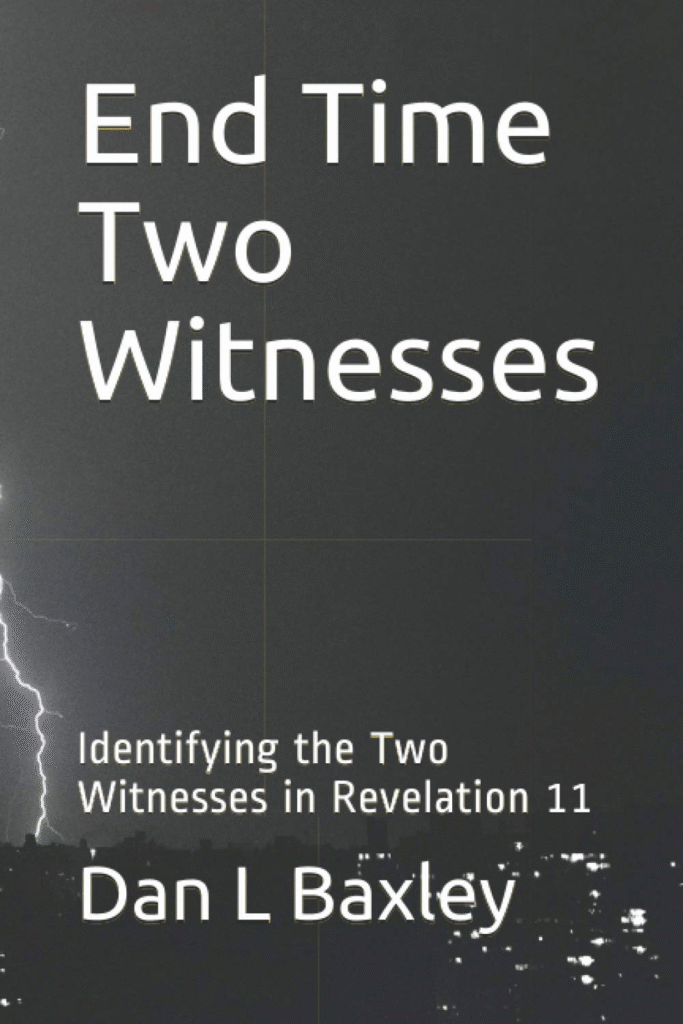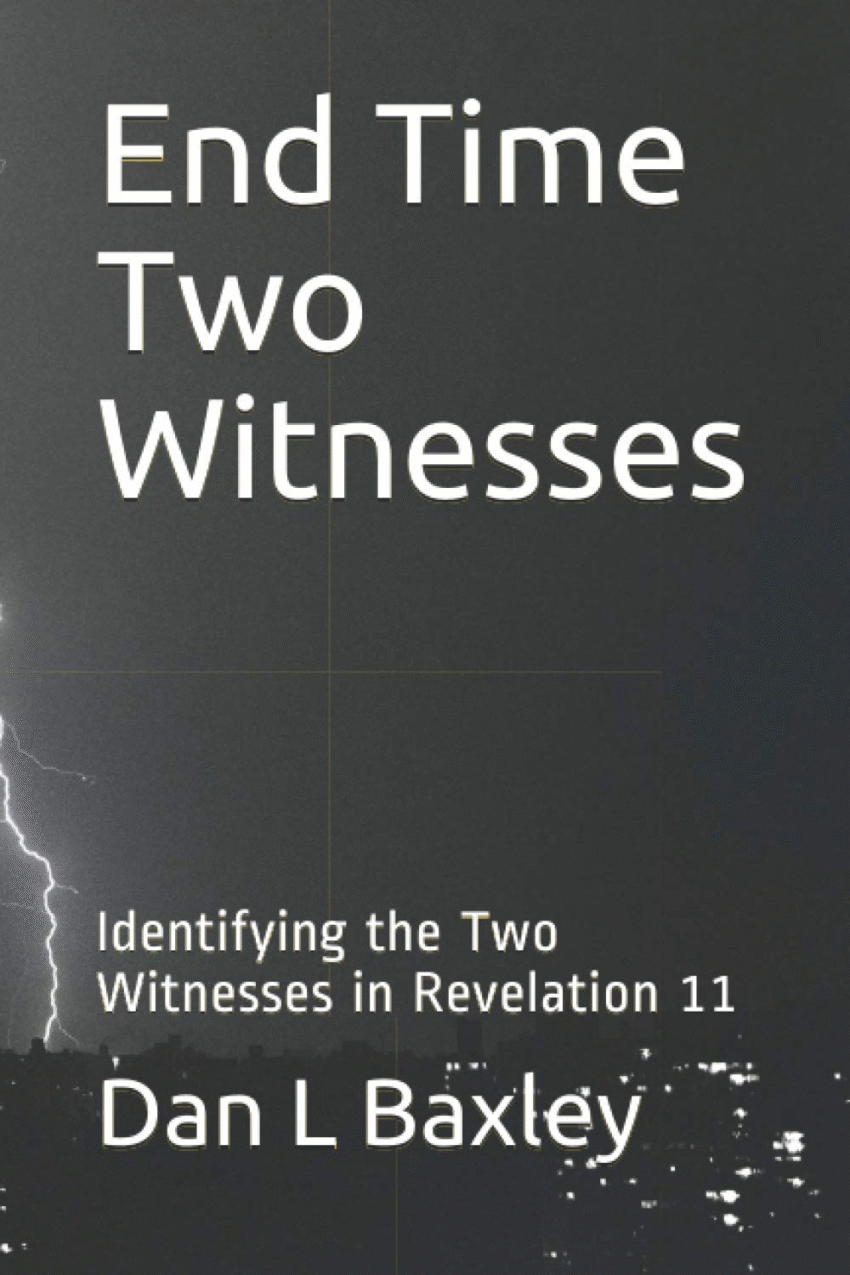
ISBN: 1520785852
End Time Two Witnesses by Dan L Baxley is one of those works that has a lot to say. The original publishing date was 2017. Since many Biblical things have happened since then, one wonders whether Mr. Baxley would still see the scriptural issues he raises in the same light as he did then.
There are many claims the book advances, and with so many claims it is easy for a reader to pick the beliefs that he or she might agree or disagree with quickly such that the entirety of the work might be dismissed. A set of expectations helps with reading the work–as opposed to the entire thing being about the End Time Two Witnesses, it is better to say that the half of the book that deals with that matter is more of a meditation on words and meanings in Hebrew and Greek that leads to a certain unveiling of the identity of the Two Witnesses of Revelation.
So far so good. As opposed to taking either a pro or con stance for the rest of the content of the book–the method that is superior since there are so many divisions within the body of believers all ready is simply to list what the book argues from that point forward:
There are other subpoints to each of these declarations. There are also several discourses addressing specific versions of other arguments that assert something opposite to what Baxley is advocating.
- That the name of the Messiah is specific and is not Jesus.
- That no man has “ascended to heaven” other than Messiah.
- That Messiah will not come before a large Earthquake and that the idea of the rapture is false.
- The idea that Messiah can come “at any moment” is a scare tactic meant to entice gullible believers.
- That the two witnesses are male.
What Baxley lacks in terms of a writing style is the ability to put forth his arguments in a manner that suggests decisively what it is that he intends the reader to know. Rather, the arguments are often more of a meander than then leads to a conclusion. The conclusion, though, is not stated in such a way as to let the reader know that this is the main idea he intends to defend. One begins to get a feel for what it is he will probably be wanting to support as a position as they read through the work. Then one begins to understand more that though the conclusion is not written in a way to signal the definiteness of the finding, it probably is best to interpret it as being the main idea. This is, unfortunately, one of those times that writing how one might speak does not hold as a rule. There are many other clues when one is listening to someone in person like the tone of voice they use to indicate the gravity a given utterance ought to hold in relation to the rest of what was communicated. If, for instance, someone writes YHSVH is Messiah, the only way the written word might indicate something of the tone is to write it more like YHSVH is Messiah. The first reads like a fact, the second–some manner of urgency.
Baxley ends with the idea that there are many false prophets who want to take religion and slam it down, as well as taking the money of others. While this is true, there are also many half-baked prophets who interpret certain pieces of scripture one way, while avoiding other pieces of scripture that suggest something else from a surface reading of the first scripture. If, for instance, one reads “In that day it would be more comfortable for those in Gehenna than those places”, there is a definite time element to the interpretation. Before that day, nothing is said about what the place is like. One infers the closer to the “Day” it gets that the worse it might be, but then, it could also happen suddenly, like a thunderclap. These small inferences can get a person trying to interpret scripture in deep, deep trouble. If the scripture says no man knows the day or the hour of the return, and a man says he happens to know the day or the hour then that man is in contradiction to what the scripture indicates is so. The best a believer is given is when the time is close. Certain signs are to be manifest that says that the watch of the one keeping faith should sharpen. So, while it is true no man know the day or hour, it can also be true that a given man knows when the time is nearing. Two pieces of scripture are present to complete the total picture regarding the epistemology of the timing of the end.
Some of what Mr. Baxley writes feels more like a prescription for the believer to go back to sleep until a huge earthquake comes and by then, everything will be so shaken up that the rest should prove to be easier to discern. Perhaps he is right, but then, Messiah also says that where two or three are gathered, He is there too. So, in some sense, one doesn’t have to wait for His return in the clouds. He’s all ready around by His own testimony for those who believe in Him.
The suggestion this reviewer would make is that new believers are not the best audience for this work, since they will not have had time to examine what they believe and why they believe it. Rather, this work is better suited for older believers who have sharpened their discernment. What Baxley is presenting is controversial, and not widely agreed upon. Revelation is confusing to just about everyone, since well, no man but the Father knows the day or hour of its coming or for that matter, how all the pieces are to unfold. That is, in the words of software engineering, not a bug, but a feature.

